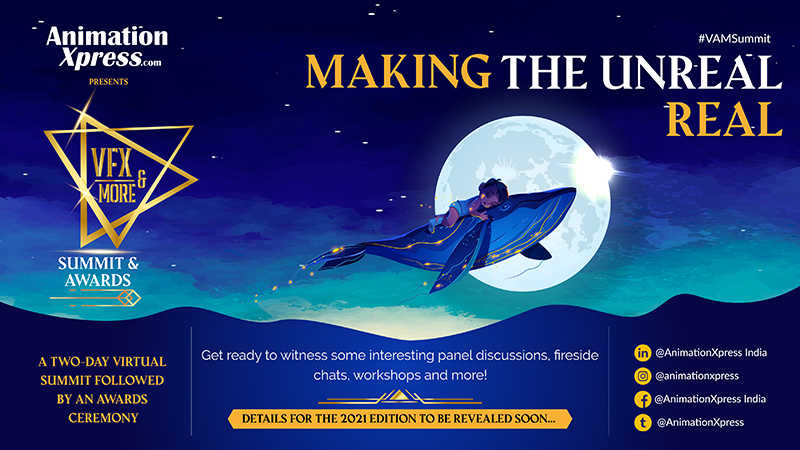
The OTT industry in India has revolutionised the ways people consume content. Gone are the days when larger than life stories, out of the world (pun intended), adventures, supernatural sagas and more were spectacles meant for big screens. Now everything is available at the fingertips- thanks to the over the top content players who have steadily carved their way into the M&E space.
Focusing on this, the concluding day of VAM Summit saw a panel discussion on Streamers: The New VFX Mecca on how profusion of online platforms and increasing budgets opened the frontiers of high-end VFX technologies. The pandemic though affected major industries, has least effects on virtual industries – animation and VFX, which not only survived but was up and running even during the worldwide lockdown, providing services to projects, enabling seamless entertainment to audiences.
The panelists were Vishal Furia (Criminal Justice director), Patrick Graham (Ghoul and Betaal writer-director), Devendra Gandhi (JL50 executive producer), Arati Kadav (Cargo director), Excel Entertainment VFX Head Rajeev Kumar, and Netflix director of Visual Effects-APAC Samir Hoon. The session was moderated by Animation Xpress founder, chairman, editor-in-chief Anil Wanvari.
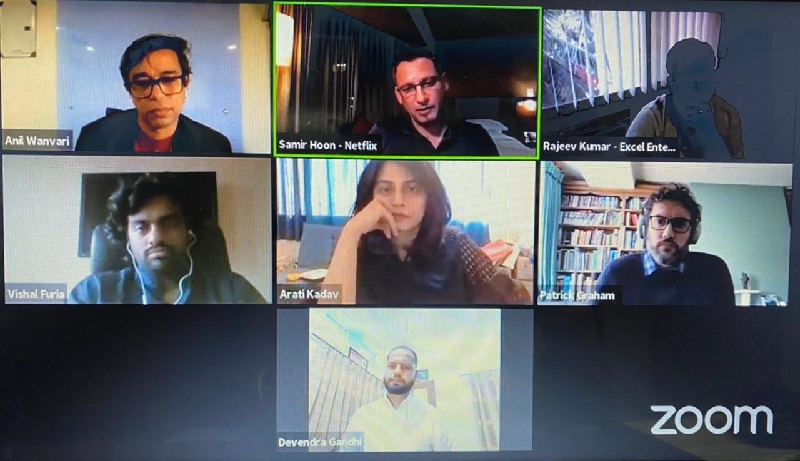
Wanvari began the session by giving an overview of how the global streaming players are banking big on content whose storytelling is heightened by VFX. “Netflix alone is expected to spend about $19 billion in video content in 2021 collectively and has spent about $37 billion so far. Amazon Prime Video has 30 shows in production today in India, 50 are in development and about 5,000 crores is supposed to be spent by Netflix in content creation in 2021. In fact, Netflix is joining hands with Anibrain to launch a platform called NetEffects. If you go by the yardstick, about 20 per cent of the budget is supposed to be spent on VFX. That’s a 1000 crores! However, about 10 per cent, which is 500 crores, gets spent on it,” said he.
On being asked about the present status of the collaboration between Netflix and Anibrain, Hoon shared, “It’s a cloud-based platform that allows the vendor and artists to connect and service our shows. It’s globally an opportunity for more international shows to come in and be present in the vendor ecosystem. So it’s slowly taking shape and it’s very much in the works. We’ve just had a soft launch on it, and Anibrain is managing it, as we’re not a visual effects facility.”
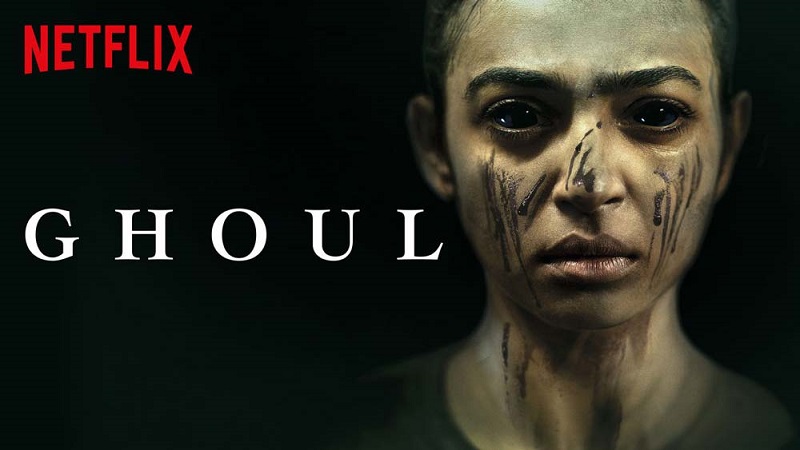
Moving on to Graham who created the Zombie horror series, Betaal for Netflix, that included a fairly decent amount of VFX, Wanvari asked if he penned the script after consulting with the VFX head. “After the initial script was written, we headed to figure out how to execute it on screen. With Ghoul, there were certain shots and scenes where I had to sit with the VFX head or with the Plexus team and talked about how we would make certain sequences and they were on set while we shot the more complicated sequences. There’s one shot where the camera panned from a character as a human being and came back to him as a monster. Though it seems simple, it’s very complicated. And so at times like that, I had those guys on set with me in general for the more sophisticated VFX shots,” Graham shared.
Hoon further informed the panel that Betaal was the only Zombie show that didn’t have any post touch-up work or clean up done, and it was extremely unusual and impressive. To which, Graham quipped, “There lies the beauty of VFX. There were a lot of quite complicated shots, but I think we were quite successful with our VFX because as I said, a lot of them, you just can’t tell that they were the effects, for example, there weren’t any touch-ups on the zombies. But what we did do is add these glowing eyes and although that kind of divided people as far as kind of taste goes and what monsters should look like.”
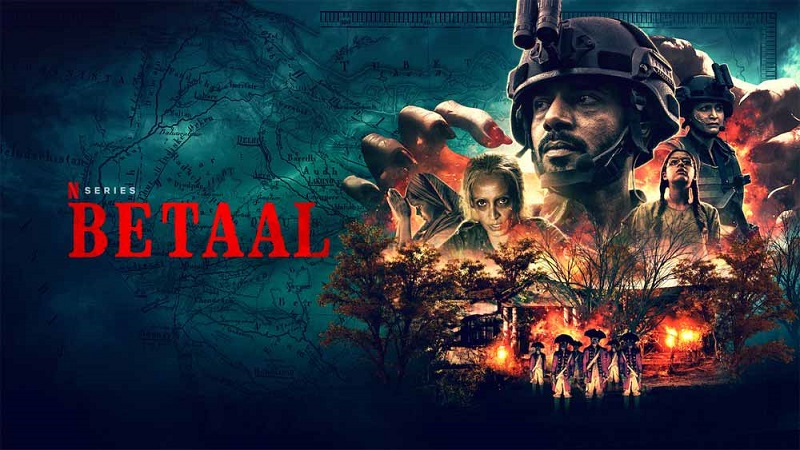
The quality of effects that goes into the making shows how VFX was successfully integrated into those shows. You just can’t tell what’s what by just seeing. He added that there’s a final shot in Betaal where the ghost ships arrive on the coast of Mumbai and that of course that was probably our most complicated VFX shot purely because they were creating assets in 3D models. “I knew well that I wanted that shot even before I started writing because it kind of was like juvenile wish-fulfilment to see British ships arrive and go. I knew exactly what we’d be filming, so we went to Bandra Fort and shot a practice version of that shot and gave it to the VFX head for the ideas. They did their research and came back with 3D models of the ships and developed them over time and made them look more degraded like they’ve been rotting on the seabed for long. So, of course, these didn’t exist but we had some beautiful designs drawn and created,” he commented.
On the other hand, coming from a VFX background, Furia who created a Marathi horror film, Lapachhapi (2017) did an entire pre-viz of the film to complete shooting in 15 days. “When I really wanted to make a film, entering the film industry having no experience of long format or storytelling, the only way to do that was to control the budget and make a film in a way that the money would be recovered. So I considered a Marathi film and the idea was to shoot the film in as less number of days as possible. So I planned for a 15-day schedule. The whole pre-viz which I did with my DOP (to the extent of even lighting of the angles) for the film helped reduce the number of shots that I’m going to take because horror as a genre requires a lot of treatment as it’s a very technical genre plus we had a claustrophobic space,” said he.
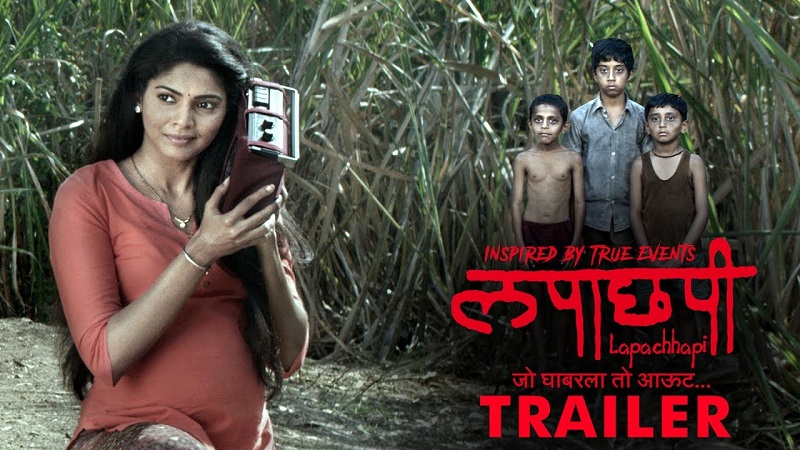
He is now writing a VFX heavy film, Naagin, which is a modern retelling of the myth that’s been coming down the ages in various forms of content. Right now it’s in pre-production state and will take seven to eight months before going on floors.
Differently for Kadav, “VFX is something [she sees] as something as important as production design.” She stated, “I think of VFX even when I’m writing my script. Before I did Cargo, I had some stop-motion experience, so I had a certain idea of VFX. I kind of bounced off my ideas with my VFX supervisor, Danish Mehta, whom I know for a decade, as he always suggests and advises if we can do a certain part in a specific budget at all. We had our struggles as the number of days were also restrictive. In fact, we had those exterior CG shots, which was done by Ventana and the interior VFX was largely was done by Danish.
View this post on Instagram
When we were shooting the film, for example, we had 60 to 70 per cent VFX, but we wanted to even reduce that. So in the background, we were trying to have all the green screens on one side so that 25 per cent of the shot goes to VFX. Sometimes we were using photographic printouts and would change this photo across shots. The film looks like a screen so we were doing these things and essentially we had two characters in the space and a lot of people kept coming as and when, but this one guy was always on the TV, so that was a real VFX challenge, and for the entire film I just had one VFX assistant.”
Farhan Akhtar and Ritesh Sidhwani owned Excel Entertainment’s slate also includes a sizeable VFX, especially the ones which are in development. “The objective is to balance the cost between the production and the VFX so with that understanding I think both of them (Akhtar and Sidhwani) have a clear vision that visual effects is one of the key elements in the filmmaking process. Our OTT shows – Inside Edge and Mirzapur were high on VFX.
Inside Edge required problem identification and extensive graphics because it was a sports drama and Mirzapur was replete with action sequences, remote locations, blasts and so on. And these series continued season after season,” he told. He also mentioned that they get their VFX supervisors, executive directors involved from the get-go of any project.
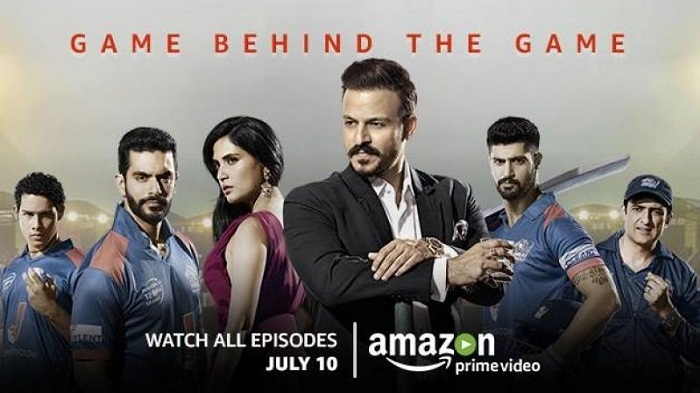
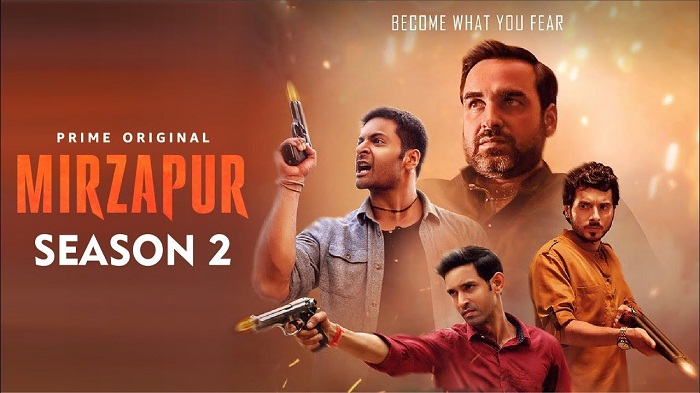
Gandhi noted that JL50 was supposed to be a two-hour film but had a change of plans owing to the pandemic, and had an OTT release as a series. He showcased a host of VFX breakdown videos, one of which was of the plane crashing sequence from the series. He added, “We shot this major sequence from the series in Lava, West Bengal and we had only one empty plane in Kolkata whose seats and engine were removed. We had decided we will take that plane and put it on a like elevated place with a green screen behind. Unfortunately, we didn’t receive the budget, so in the end, our talented VFX supervisor Nitish, suggested to take shadow shots with the plates we had. We did it and it had the same effect, so the best way is to just create element in VFX.”
Panelists agreed that the VFX budgets vary from projects and it’s the story that holds most importance and if VFX adds to its value, budgets generally tend to go up.
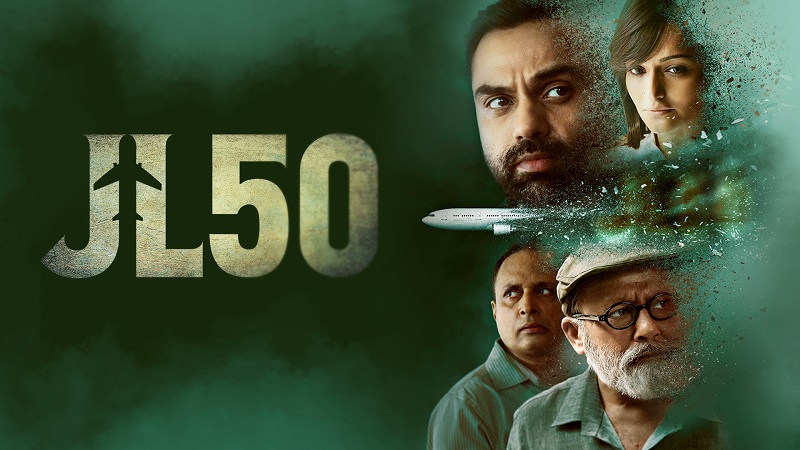
Hoon said, “Streaming is bringing in more innovation and experimentation and content and for us, it’s really about helping the creator’s bring their story to life in the most authentic ways possible that the audience’s love and what we do is our budgets are in the interest of how we best support those stories. So if it’s a visual effects driven story then obviously we bat for VFX, as authentic stories bring joy to our customers and that’s what we look out for.
It depends on the type of show, if your base budget is higher, then the visual effects percentage will be low. If you’re making a hundred million dollar film like Irishman, that’s a pretty expensive film. So the percentages will vary but it isn’t unusual for top Tier one shows to have anywhere from 15 to 20 per cent of the total budget being contributed to special effects.”
Furia added, “The more revenues we have to tell our stories, the more beneficial it is going to be for the industry. I hope different genres get a platform to showcase the stories and VFX accelerates it.”
“VFX helps to show the world the imagination of the directors like Arati or Shailendra who have this different world of imagination in their head and leave the world awestruck,” further noted Gandhi.
VFX has definitely revolutionised the way filmmakers tell their stories! And we hope more and more production houses and stakeholders realise the important of VFX.
Watch the full session here:

